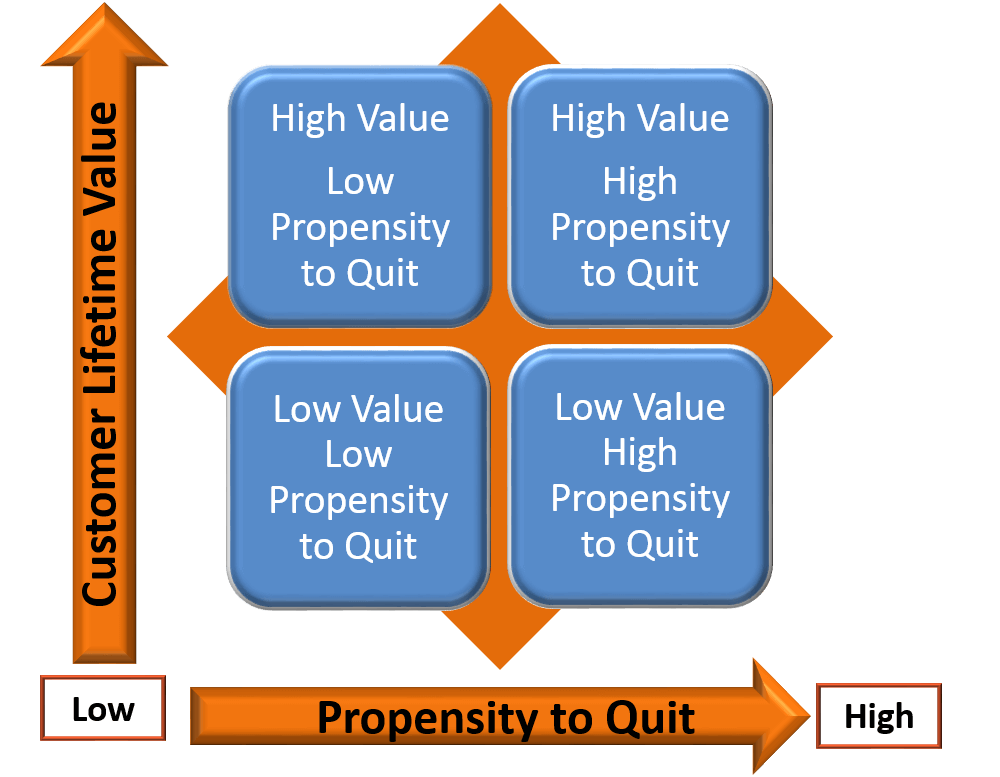How do you calculate Customer Retention?
Various definitions of retention exist such as, the act of keeping in your possession, The act of retaining; or the state of being retained; the power to retain; capacity for retaining.
When one speaks of retention one typically speaks of retaining a customer whether an individual or a company.
Retention certainly receives a tremendous amount of discussion in all industries, rightfully so because of the key role it has in the financial success of every organization and that given that it costs much less and has a much greater impact on the profitability of the company to retain a customer than to acquire a new customer.
• Do you know what your organizations customer retention numbers are?
• Do you know how to accurately calculate customer retention?
• Do you know how to measure the financial impact of customer retention?
Let’s start with some retention statistic fundamentals:
• It is referred to in a percentage format and tells you what portion of your customers stayed as customers in the past year.
• To calculate your retention percentage accurately you should be using 12 months of data. This can be rolling twelve months of data or Calendar based
The most common misconception is that the retention percentage is derived by adding total cancellations in a year and dividing by the year end customer total.
But this does not take many variables into consideration.
Make a 12 month chart and record in each month the following as per the chart below
Therefore
Total Cancelled Customers (23338) / Average Beginning Customers (101535) = Attrition of .2298 or 22.98%
The Retention percentage is 1 – .2298 = .7702 or 77.02%
In other words you are turning over your entire customer base once every 5 years
Your retention percentage is an important management tool and should be measured monthly on a rolling 12 month basis. Why is this important?
• What gets measured is more likely to be acted upon.
• Your retention numbers are an excellent indicator of your operational success and can validate or direct you to areas that need more attention.
• It can help you to develop future operational strategies.
• You can better track trends in your company over time.
Finally, and this is extremely important, knowing your retention numbers will enable you to budget, justify and then evaluate the cost of your retention improvement initiatives.
• Imagine if your average customer lifetime value is $1,000. This means that every year you lose $1,000 X (times) number of customer cancels of 23,338 = $23,338,000.00.
• Imagine if you can improve your attrition rate by a mere 100 basis points or 233 customers X times $1,000 = $233,380.
• Think of reducing your customer losses by 5% = 1167 customers retained with a value of $1,000 per customer is = $1,166,900 WoW
Investing in retention makes good business sense. However, knowing your numbers is the first step in determining what action to take and is a key indicator on the success of actions taken.


